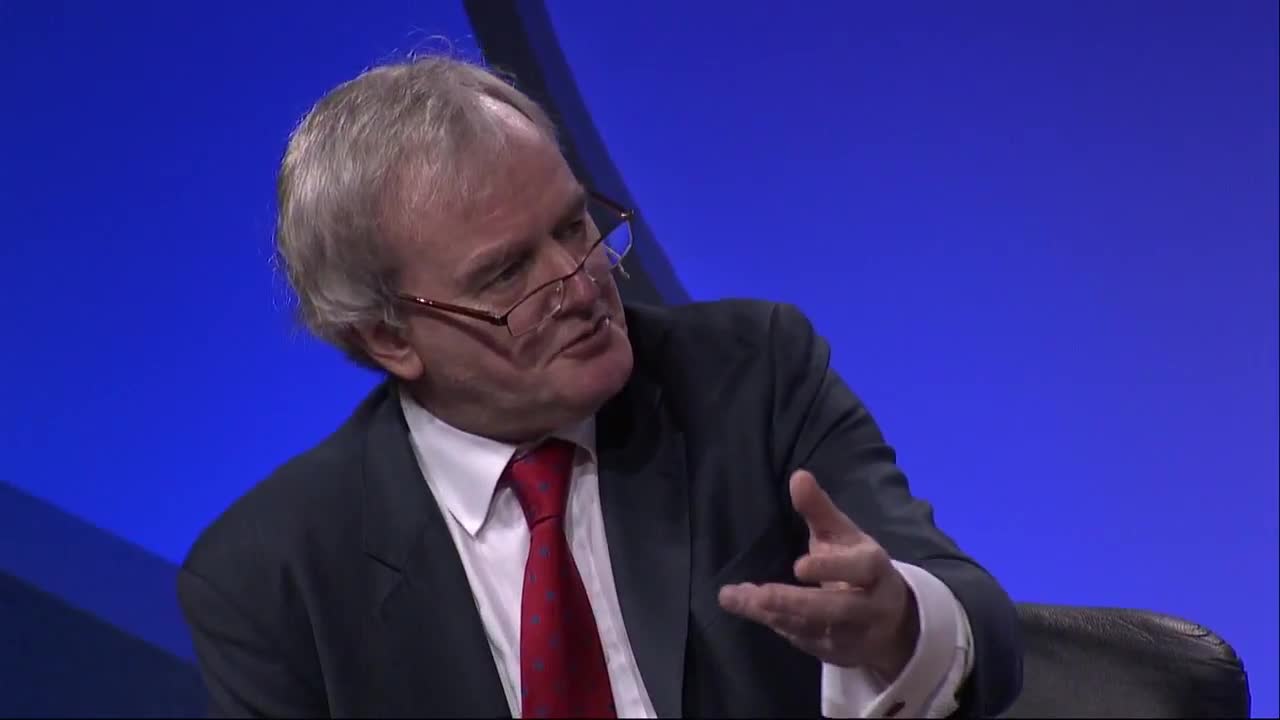Banking
Banking is undergoing a significant transformation, driven by rapid technological advancements and evolving consumer expectations. In recent years, the rise of **digital-only banks**, often referred to as neobanks, has reshaped the financial landscape by offering **online banking** solutions that prioritize mobile-first experiences and lower fees. These institutions are particularly appealing to younger, tech-savvy customers, prompting traditional banks to enhance their digital offerings or collaborate with fintech firms to maintain competitiveness. The integration of **artificial intelligence (AI)** and automation is also critical, streamlining operations, improving customer service through AI-driven chatbots, and enhancing fraud detection. As the industry embraces these changes, the importance of essential financial products, such as **savings accounts** and various **business loans**, continues to grow. Recent trends indicate that loan growth is on the horizon, particularly as interest rates are expected to decrease, encouraging borrowing. Additionally, the push towards **sustainability** is becoming a focal point, aligning banking practices with broader societal goals. With the emergence of **embedded finance** and **banking-as-a-service** models, financial services are increasingly being integrated into daily life, further emphasizing the need for banks to adapt. Overall, the banking sector must leverage technological innovations and strategic partnerships to thrive amid the challenges of a continuously changing economic environment.
What reforms are needed to support Small and Medium-sized Enterprises (SMEs) in Europe?
Europe needs comprehensive reforms to support SMEs, which are the engines of growth, particularly in countries like Spain and Italy. First, labor and fiscal reforms are essential foundations. More critically, Europe's financial structure must change - currently, 70% of corporate funding comes from banks (versus 30% from capital markets), the opposite of the U.S. model. This bank dependency creates vulnerability when banks delever or face capital problems. To address this, Madeline Antonik proposes two key solutions: having the European Central Bank (ECB) accept SME loans as collateral, and reopening the securitization market for SMEs. These measures would help restore capital flow to these vital businesses, enabling job creation and economic growth even as Europe's banks face ongoing challenges.
Watch clip answer (01:38m)How does Norway's SME loan scheme empower women entrepreneurs in the Middle East?
Norway's SME loan scheme empowers women entrepreneurs in the Middle East through multiple components. The program trains bank staff to assess creditworthiness of small and medium-sized businesses while providing grants and risk-sharing mechanisms that reduce the bank's lending risk. This approach particularly benefits female entrepreneurs who have previously been excluded from financial services. The initiative has proven highly successful, as once these women business owners receive and repay their first loan, they establish creditworthiness that allows them to access future financing without requiring special guarantees. This creates sustainable financial inclusion for women running small shops and other enterprises, helping them overcome historical barriers to accessing capital.
Watch clip answer (00:55m)Why should investors buy gold and gold mining stocks now instead of waiting for pullbacks?
Peter Schiff advises investors not to wait for pullbacks in gold prices, emphasizing that pullbacks will likely be quick and shallow. He notes that gold has reached new highs ($2,204 per ounce) and predicts gold mining stocks could explode higher by 10-20% in a single day as the market recognizes the Fed's inevitable rate cuts. Schiff argues that rate cuts are coming not because inflation is defeated, but because the country is broke and facing potential financial and banking crises. This environment creates a strong bullish case for precious metals as inflation will continue. His key message is clear: the sooner investors buy gold and silver, the cheaper it will be, as these assets have a long upward trajectory ahead.
Watch clip answer (01:45m)How is Standard Chartered managing its credit loss reserves and what is the bank seeing in terms of economic recovery across Asian markets?
Standard Chartered has taken substantial precautionary credit loss reserves, including management overlays beyond what models suggest, due to pandemic uncertainties. While these reserves haven't fully materialized into actual losses, the bank maintains this cautious stance was appropriate. Early recovery indicators are positive across Asian markets, particularly in China, Hong Kong, and Singapore, where loan delinquencies that initially increased during the pandemic have declined. Other Asian countries with payment holidays are showing encouraging signs of customers becoming current on debt again. This positive trend supports the bank's plans to potentially resume distributions in early next year, subject to regulatory approval, as they remain well capitalized despite the uncertain environment.
Watch clip answer (01:49m)How has debt shifted from banks to fund management in recent years?
From 2009 to 2016, a significant shift occurred in the management of corporate and foreign debt. Direct household investments in debt decreased from 22% to 8.6%, while fund-managed investments increased from 8.5% to 18.3%. This transfer was driven by monetary policies and regulatory constraints on banks to hold more liquid assets and less corporate debt, especially lower-rated debt. This migration of debt investments from banks to funds has created critical interconnections between these financial entities. The shift makes it increasingly important to understand the relationships between banks and non-banks, including exposure through credit lines, derivatives transactions, and overlapping portfolio holdings. This evolving landscape requires continual risk evaluation and adaptive regulatory approaches.
Watch clip answer (03:57m)What sparked Walter Cruttenden's initial interest in investment banking?
Walter Cruttenden's interest in investment banking was sparked by his father's business activities. His father was backing a company called Wham O Manufacturing, which produced popular recreational products like frisbees, hula hoops, and water slides. Seeing these products being brought home, young Walter became curious about his father's profession and directly asked him, "Hey dad, what is it you do? I'm really interested." This curiosity led to his father introducing him to the concept of investment banking, which apparently became influential in Walter's later career path as an entrepreneur and investor.
Watch clip answer (00:20m)




